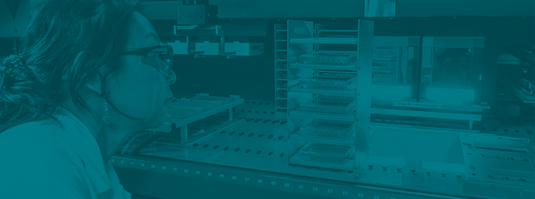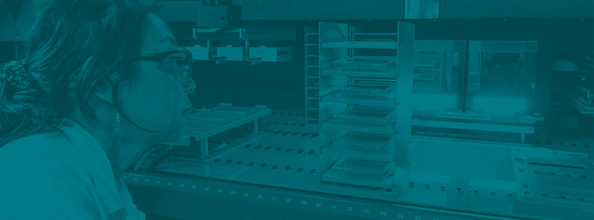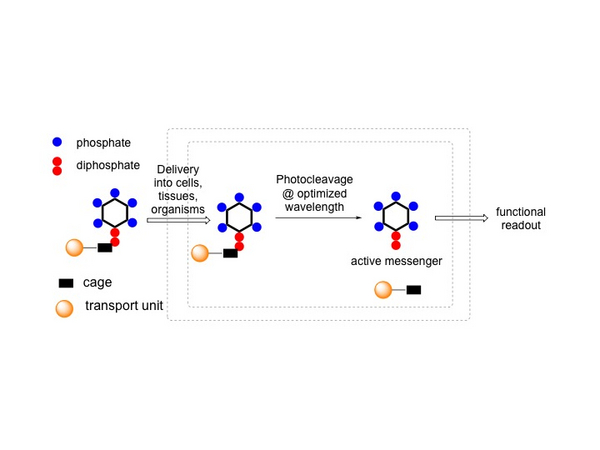Prof. Dr. Henning Jessen (CIBSS-PI), Institute of Organic Chemistry (Faculty of Chemistry and Pharmacy)
University of Freiburg
The delivery and controlled release of small molecule second messengers with a focus on the inositol pyrophosphates into cells and tissues is the goal of this project. The photophysical properties of the photocages will be fine-tuned and optimized towards high absorption coefficients and uncaging quantum yields. We will then generate a library of different (thio)coumarin and BODIPY based photocages by chemical synthesis, modified with clickable residues. These clickable residues will enable the modular installation of dendritic systems bearing controlled numbers of residues with positive charges, such as e.g. guanidines, to facilitate cellular uptake and distribution of the cargo within tissue and organisms.
The chemistry to achieve these goals will be highly modular and thus enable the rapid assembly of photocages using click chemistry in combination with commercial dendritic systems that cloak and neutralize the negative charges. These systems will provide powerful tools to distribute and release important messenger molecules and metabolites in cells and tissues. High 2-photon cross sections of absorption would finally enable the controlled generation of gradients with temporal and spatial resolution.
This project will enable the first delivery of inositol pyrophosphates within intact tissue by applying novel photocages and their controlled release. We will study their impact on calcium oscillations within the imaginal disc of flies. The release of second messengers, such as inositol pyrophosphates, with spatiotemporal resolution could potentially enable control of function in the development of organs from the imaginal disc in whole larvae.






